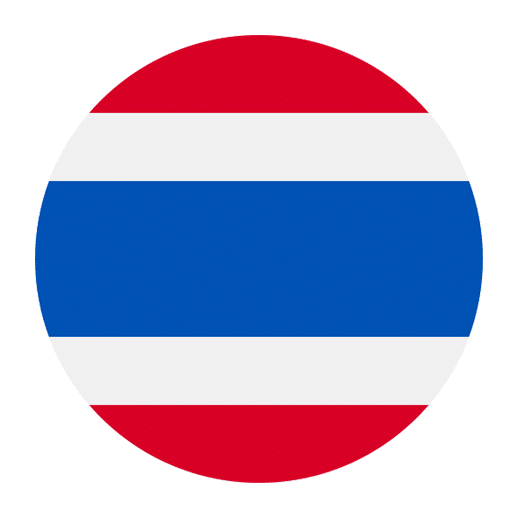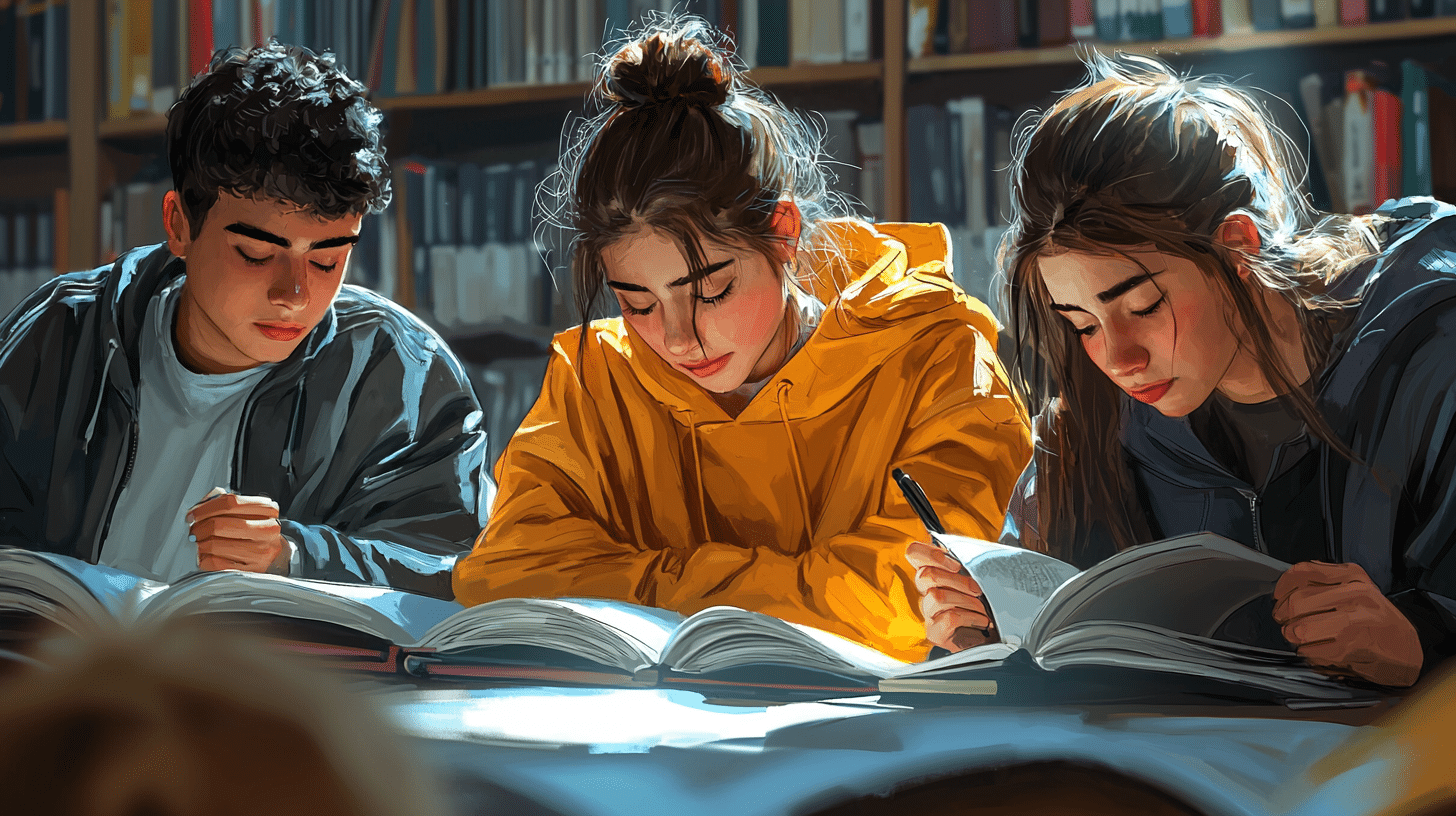As the world becomes more interconnected, gaining insight into different cultures and languages is more important than ever. Whether you’re an artist, a language enthusiast, or someone who simply appreciates the beauty of artistic expression, learning how to describe artistic techniques in Thai can be both fascinating and incredibly useful. In this article, we’ll explore a range of Thai phrases that will help you articulate various artistic techniques, enhancing your ability to discuss art within a Thai context.
Basic Art Terminology
Before diving into specific techniques, it’s important to start with some basic art terminology. These foundational words will help you build more complex sentences and phrases later on.
1. **Art** – ศิลปะ (sin-lá-pà)
2. **Artist** – ศิลปิน (sin-lá-pin)
3. **Painting** – ภาพวาด (pâap wâat)
4. **Drawing** – การวาดภาพ (gaan wâat pâap)
5. **Sculpture** – ประติมากรรม (bprà-dtì-maa-gam)
6. **Canvas** – ผ้าใบ (pâa bai)
7. **Brush** – พู่กัน (pûu gan)
8. **Color** – สี (sǐi)
Example Sentences:
– “This **art** is beautiful.” – ศิลปะนี้สวย (sin-lá-pà níi sǔuay)
– “She is a talented **artist**.” – เธอเป็นศิลปินที่มีพรสวรรค์ (tər bpen sin-lá-pin tîi mii porn-sà-wan)
Describing Painting Techniques
Painting is one of the most popular forms of artistic expression, and there are many techniques that artists use to create their masterpieces. Here are some phrases to describe different painting techniques in Thai.
1. **Oil Painting** – การวาดภาพสีน้ำมัน (gaan wâat pâap sǐi náam man)
2. **Watercolor** – สีน้ำ (sǐi náam)
3. **Acrylic Painting** – การวาดภาพสีอะคริลิก (gaan wâat pâap sǐi à-khrí-lík)
4. **Impressionism** – ลัทธิประทับใจ (lát-tí bprà-táp jai)
5. **Abstract Art** – ศิลปะนามธรรม (sin-lá-pà naam-má-tam)
Example Sentences:
– “I love **oil painting** because of its rich texture.” – ฉันชอบการวาดภาพสีน้ำมันเพราะเนื้อสัมผัสที่เข้มข้น (chăn chôrp gaan wâat pâap sǐi náam man prór nʉ́ʉa sǎm-pàt tîi kêm khôn)
– “Her **watercolor** technique is very delicate.” – เทคนิคสีน้ำของเธอละเอียดมาก (ték-ník sǐi náam kŏrng tər lá-ìiat mâak)
Describing Drawing Techniques
Drawing is fundamental to many forms of art, and there are various techniques that artists use to bring their sketches to life. Here are some Thai phrases to help you describe these techniques.
1. **Sketching** – การร่างภาพ (gaan râang pâap)
2. **Shading** – การแรเงา (gaan rɛɛ-ngao)
3. **Cross-Hatching** – การลงเส้นไขว้ (gaan long sên khwâi)
4. **Stippling** – การแต้มจุด (gaan dtɛ̂ɛm jùt)
5. **Contour Drawing** – การวาดเส้นขอบ (gaan wâat sên kàwp)
Example Sentences:
– “He is very good at **sketching** portraits.” – เขาเก่งมากในการร่างภาพเหมือน (kăo gèng mâak nai gaan râang pâap mʉ̌an)
– “The **shading** in this drawing is very realistic.” – การแรเงาในภาพวาดนี้สมจริงมาก (gaan rɛɛ-ngao nai pâap wâat níi sŏm jing mâak)
Describing Sculpture Techniques
Sculpture is a three-dimensional form of art that involves shaping materials into various forms. Here are some phrases to describe different sculptural techniques in Thai.
1. **Carving** – การแกะสลัก (gaan gɛ̀ sà-làk)
2. **Modeling** – การปั้น (gaan bpân)
3. **Casting** – การหล่อ (gaan lòr)
4. **Assemblage** – การประกอบ (gaan bprà-gàwp)
5. **Relief Sculpture** – ประติมากรรมนูนต่ำ (bprà-dtì-maa-gam nuun dtàm)
Example Sentences:
– “The **carving** on this statue is intricate.” – การแกะสลักบนรูปปั้นนี้ละเอียดอ่อน (gaan gɛ̀ sà-làk bon rôop bpân níi lá-ìiat òn)
– “He excels at **modeling** clay.” – เขาเก่งในการปั้นดินเหนียว (kăo gèng nai gaan bpân din nǐao)
Describing Techniques in Mixed Media Art
Mixed media art involves combining different materials and techniques to create a single piece of artwork. Here are some phrases to help you describe mixed media techniques in Thai.
1. **Collage** – การปะติดปะต่อ (gaan bpà-dtìt bpà-dtàw)
2. **Assemblage** – การประกอบ (gaan bprà-gàwp)
3. **Digital Art** – ศิลปะดิจิทัล (sin-lá-pà dí-jì-tan)
Example Sentences:
– “Her **collage** work is very innovative.” – ผลงานการปะติดปะต่อของเธอมีความแปลกใหม่มาก (pŏn-ngaan gaan bpà-dtìt bpà-dtàw kŏrng tər mii kwaam bplɛ̀ɛk mài mâak)
– “He uses both traditional and **digital art** techniques.” – เขาใช้ทั้งเทคนิคศิลปะแบบดั้งเดิมและดิจิทัล (kăo chái táng ték-ník sin-lá-pà bɛ̀ɛp dâng-dərm lɛ́ dí-jì-tan)
Describing Techniques in Photography
Photography is another powerful medium of artistic expression. Here are some phrases to describe different techniques in photography in Thai.
1. **Black and White Photography** – การถ่ายภาพขาวดำ (gaan tʰàai pâap kăao dam)
2. **Macro Photography** – การถ่ายภาพมาโคร (gaan tʰàai pâap maa-khró)
3. **Portrait Photography** – การถ่ายภาพบุคคล (gaan tʰàai pâap bùk-khŏn)
4. **Landscape Photography** – การถ่ายภาพภูมิทัศน์ (gaan tʰàai pâap puu-mí-tát)
5. **Street Photography** – การถ่ายภาพถนน (gaan tʰàai pâap tʰà-nǒn)
Example Sentences:
– “I prefer **black and white photography** for its timeless quality.” – ฉันชอบการถ่ายภาพขาวดำเพราะมีคุณภาพที่เหนือกาลเวลา (chăn chôrp gaan tʰàai pâap kăao dam prór mii khun-ná-pâap tîi nʉ̌a gaan wee-laa)
– “His **macro photography** captures incredible details.” – การถ่ายภาพมาโครของเขาจับภาพรายละเอียดที่น่าทึ่ง (gaan tʰàai pâap maa-khró kŏng kăo jàp pâap rá-ìiat tîi nâa tʰʉ̂ng)
Describing Techniques in Printmaking
Printmaking is a unique form of art that involves transferring images from a matrix onto another surface. Here are some phrases to describe different techniques in printmaking in Thai.
1. **Etching** – การแกะสลักลาย (gaan gɛ̀ sà-làk laai)
2. **Lithography** – การพิมพ์หิน (gaan phim hǐn)
3. **Screen Printing** – การพิมพ์สกรีน (gaan phim sà-grìn)
4. **Woodcut** – การแกะไม้ (gaan gɛ̀ máai)
5. **Monoprint** – การพิมพ์ภาพเดียว (gaan phim pâap diao)
Example Sentences:
– “The **etching** technique requires great skill.” – เทคนิคการแกะสลักลายต้องใช้ความชำนาญมาก (ték-ník gaan gɛ̀ sà-làk laai dtông chái kwaam cham-naan mâak)
– “She specializes in **screen printing**.” – เธอมีความเชี่ยวชาญในการพิมพ์สกรีน (tər mii kwaam chîao-chaan nai gaan phim sà-grìn)
Describing Techniques in Textile Art
Textile art involves creating art using fibers and fabrics. Here are some phrases to describe different techniques in textile art in Thai.
1. **Weaving** – การทอผ้า (gaan tʰɔɔ pâa)
2. **Embroidery** – การปักผ้า (gaan bpàk pâa)
3. **Knitting** – การถัก (gaan tʰàk)
4. **Crocheting** – การถักโครเชต์ (gaan tʰàk khroo-chét)
5. **Dyeing** – การย้อมผ้า (gaan yɔ́ɔm pâa)
Example Sentences:
– “Her **weaving** technique is very intricate.” – เทคนิคการทอผ้าของเธอละเอียดมาก (ték-ník gaan tʰɔɔ pâa kŏng tər lá-ìiat mâak)
– “He is learning **embroidery**.” – เขากำลังเรียนการปักผ้า (kăo gam-lang rian gaan bpàk pâa)
Tips for Learning Thai Art Phrases
Learning a new language can be challenging, but focusing on a specific area of interest, like art, can make the process more enjoyable and meaningful. Here are some tips to help you learn these Thai art phrases effectively:
1. **Practice Regularly**: Consistency is key when learning a new language. Try to practice these phrases daily to help reinforce your memory.
2. **Use Flashcards**: Create flashcards with the Thai phrase on one side and the English translation on the other. This can help you test your knowledge and improve your recall.
3. **Engage with Thai Art**: Immerse yourself in Thai art by visiting galleries, watching documentaries, or following Thai artists on social media. This exposure will help you see how these phrases are used in context.
4. **Join Art and Language Groups**: Look for online forums or local groups where you can discuss art in Thai. Engaging with others who share your interests can provide valuable practice and motivation.
5. **Take Notes**: Keep a dedicated notebook for new phrases and sentences. Writing things down can help reinforce your learning and provide a handy reference.
6. **Use Language Apps**: There are many language learning apps available that can help you practice Thai. Look for ones that allow you to create custom vocabulary lists so you can focus on art-related phrases.
Learning to describe artistic techniques in Thai can open up new avenues for understanding and appreciating Thai culture. Whether you’re an artist, an art lover, or a language learner, these phrases will enrich your vocabulary and help you communicate more effectively about art in Thai. Happy learning!

